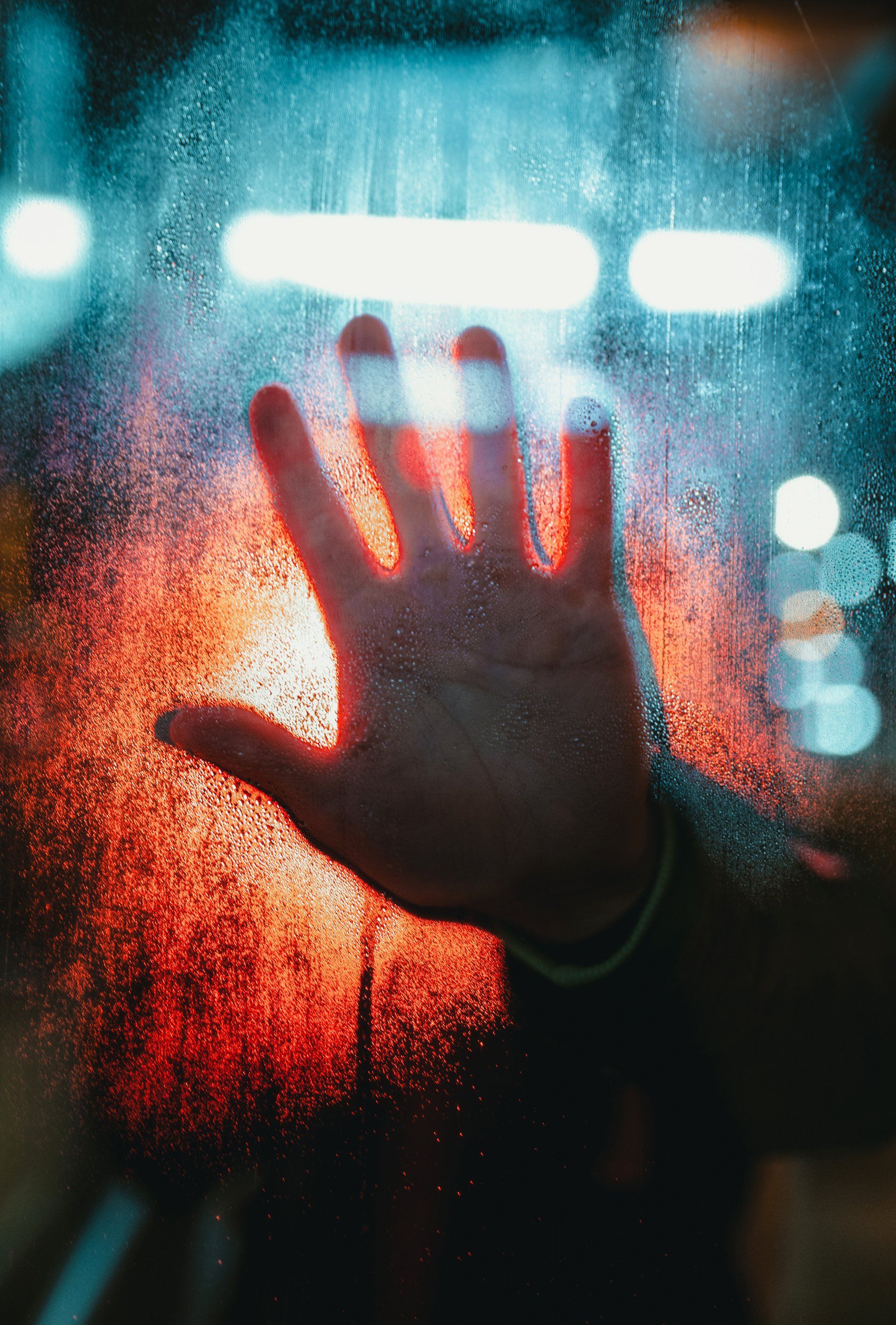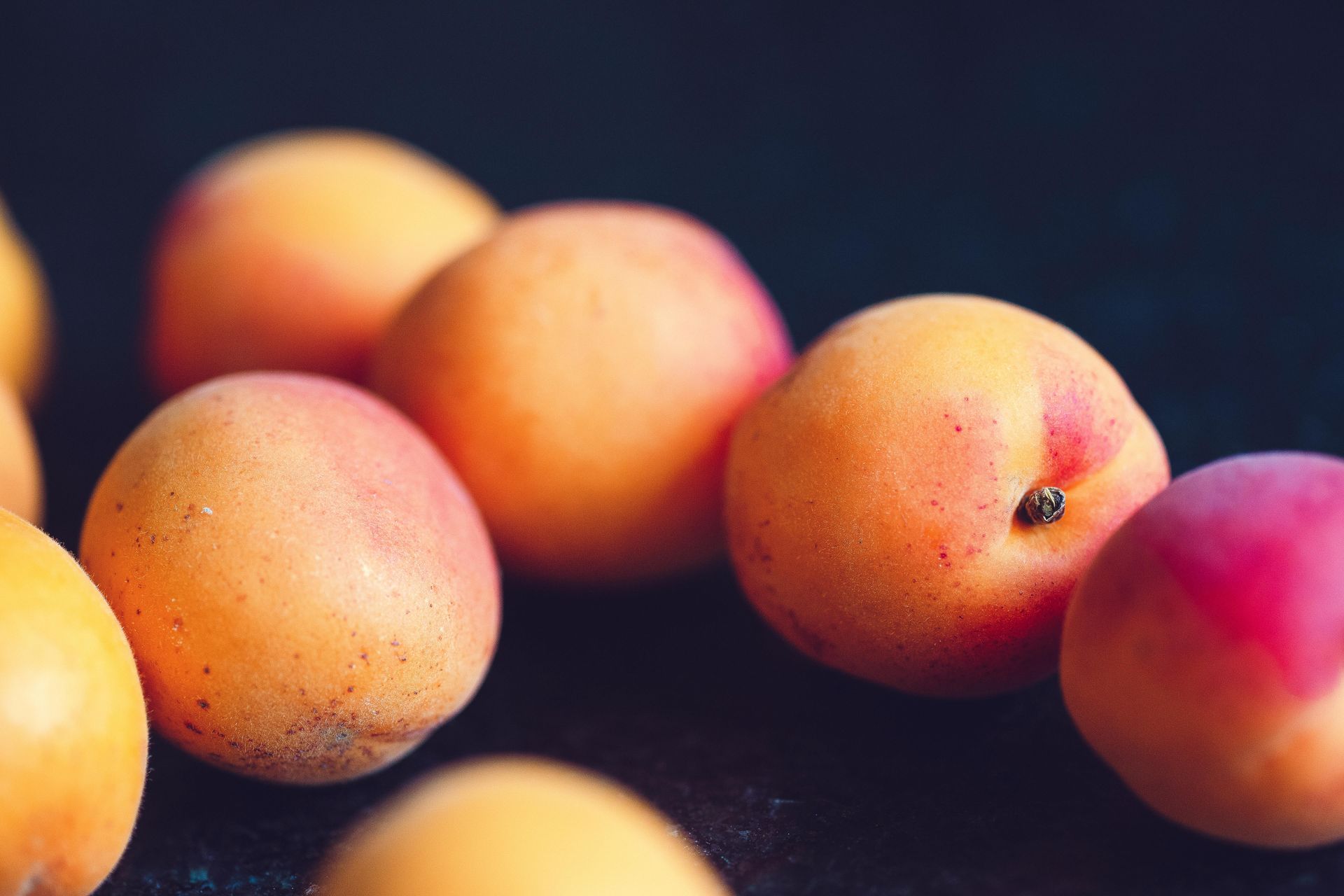The new omicron variant XE and the threat of ‘recombinant’ variants
Have you heard about the new omicron variant ‘XE’? It has turned up in the UK and it’s doing the rounds. But the experts say it's too early to predict the new sub-variant’s impact. Right now the UK Health Security Agency is ‘looking at the XE variant’, a mutation of BA.1 and BA.2 omicron and what scientists call a 'recombinant'. It may or may not be more transmissible than previous versions – we just don’t know yet.
The Health Security Agency says they found 637 cases of XE in England during March, a tiny percentage of the tens of thousands of daily cases we’re seeing right now. They say, so far, it looks like ‘initial growth rates’ for XE were not much different from BA.2. But the latest data looks a bit more worrying, with a potential 10% bigger infection rate than BA.2, itself nicknamed the ‘stealth variant’ because it spreads so fast. The truth? The jury is still out. So far there isn’t enough data to draw conclusions about the recombinant’s transmissibility, severity, or how well vaccines work against it.
On the down-side there are no legal restrictions left in England and the country’s need to self-isolate has gone. This has led to a massive, record-breaking surge in new cases. Right now an estimated 1 in 13 people in England has covid, with Scotland and Wales not far behind. 4.9 million of us had covid during the week ending 26th March, up from 4.3 million the week before. On the bright side, recombinant variants are fairly common and usually die off quickly.
What is virus recombination?
Recombination happens when one cell is infected with two related viruses at the same time, which then mix as they reproduce. We’ve seen ‘dozens’ of these in recent weeks. The process often means major genetic mistakes are made, which means the new combined virus can’t reproduce. But the combinations can also be worse, for example a lot more transmissible. While covid probably started recombining ‘very early’ in the pandemic, it remains a risky thing. The less it happens, the better for all of us.
Here’s an example of how it works. The initial wave of omicron, caused by the BA.1 omicron subvariant, kicked off when delta was still widespread. High case numbers meant a lot of people were infected with delta and BA.1 at the same time, therefore creating more risk of recombination. We’ve already seen several delta-BA.1 recombinants called ‘deltacron’.
A lot of people will have been infected by BA.1 and BA.2 at the same time to create six new named recombinants: XE, XG, XH, XJ, XK and XL. The XD and XF recombinants are both of some interest to scientists but it looks like XF might already have died out. It hasn’t been found anywhere in the world since February this year. There’s XD present in parts of Europe but it’s predicted to be less transmissible than BA.2.
Right now BA.2 has overtaken BA.1 in many places, and because covid restrictions have been relaxed we’re seeing a second omicron wave.
Should we worry?
The biggest worry of all is a completely new variant with ‘novel’ mutations and the ability to evade people’s previous immunity. This could be evolving ‘unseen’ as we write. So what’s the worst case scenario? The UK’s Scientific Advisory Group for Emergencies says the most dangerous thing of all would be a covid variant that recombines with a human common cold coronavirus or animal coronavirus to create something ‘unexpected and dangerous’. Thankfully it’s not likely, simply because distantly related viruses are less likely to recombine into a pathogen that actually works.
Flu is a good example of what can happen when viruses recombine. When flu recombines it usually creates much more dangerous viruses. Animal flu strains like bird flu and swine flu can also be deadly to people but don’t often spread between humans, just between animals to people. If there’s ever a recombination of human and animal flu viruses that easily spreads from person to person, and remains lethal, the resulting pandemic could make covid look like child’s play.
UVC LED covid killing tech to the rescue
This thing isn’t going away. Businesses must bite the bullet and do everything they can to keep people safe. Our lights kill coronaviruses. You need our lights! Let’s talk.










